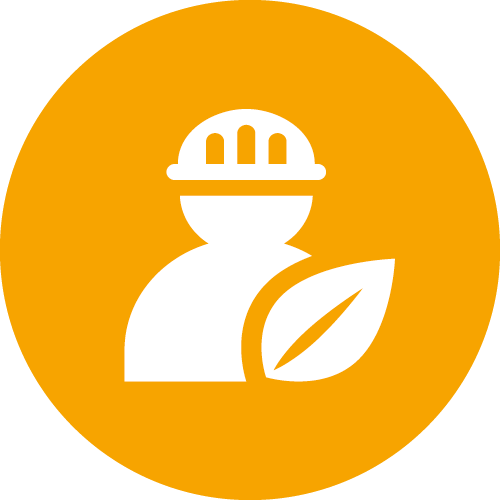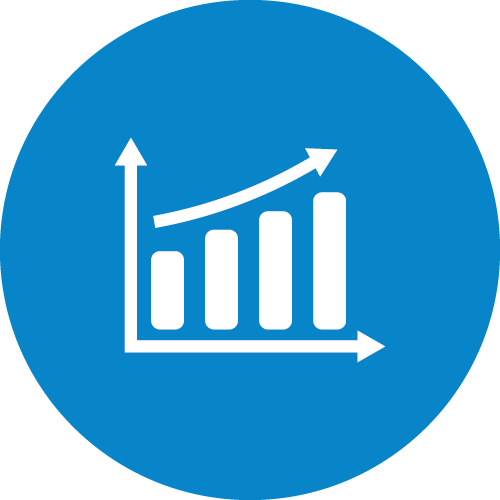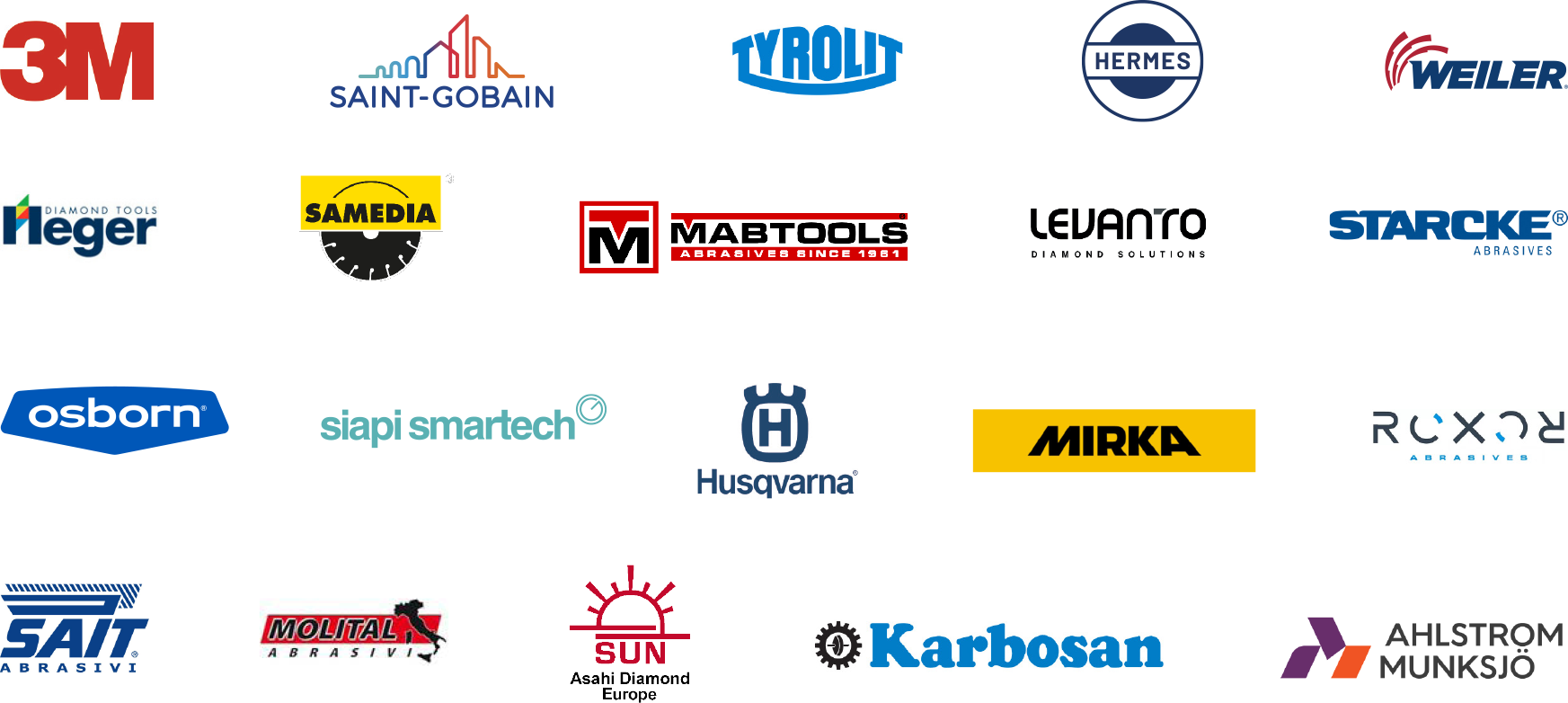SEAM Sustainability Program – KPI Targets Report – 2020

SEAM Sustainability Program – KPI Targets Report – 2020
Analysis on the Environmental, Social and Economic KPIs Reported by SEAM Members, September 2020
Each company, small, medium or large in size, Members of SEAM or Sustainable European Abrasive Manufacturers, once approved into the SEAM Program, fills out a form in which they have to select one (1) target per pillar of sustainability (environment, social, economic) and at least a total of six (6) targets. In this form, they must report their 3-year goal for each KPI selected, which will be subjet to evaluation every year.
Targets per Sustainable Pillars
For each target, a non-exhaustive list of KPIs is offered to guide companies in the reporting of their targets and the monitoring of their goals’ improvement. Companies can select as many KPIs as they want.
Targets Selection
SEAM Members selected an approximately equal number of environmental and social targets with a slight preference for environmental targets. Economic targets, which are more difficult to translate into concrete actions to implement was less popular in its selection.
Top Selected Targets per Sustainable Pillars

1 Waste Management
2 Energy Management
3 Sustainable Chemical Management

1 Occupational Health & Safety
2 Employment Conditions
3 Vocational Training & Safety / Involvement with Local Communities

1 Quality & Innovative Products and Production Processes
2 Business Continuity Management
Representation of Selected Environmental Targets
32% of the SEAM Members chose to work on “Waste Management” with all of them setting their eyes on improving waste management by an average of 23% in the next 3 years.
Per the 3-year target goal of 100% stated by a couple of companies, it is important to note that the SEAM program is helping Members to make a commitment to install the required infrastructure and make the necessary investment to achieve their sustainable goals.
22% of the SEAM Members made “Energy Management” the second most selected environmental target. While a few wants to increase use of renewable energy, most chose the more general KPI of improving energy efficiency, setting their average 3-year goal to 10% improvement.
The target “sustainable chemical management” is the third most selected option but the chosen KPIs vary across the SEAM membership between reducing hazardous chemical substances use and evaluating processes for intake of new (hazardous) chemicals.
Representation of Selected Social Targets
Unlike the selection of the environmental targets, the selection of the social targets is more evenly divided. “Occupational health and safety” top the list with 28% of the SEAM members deciding to work on it. More significantly, the overwhelming majority wants to optimize a no-accident and health culture, setting their average 3-year goal to an improvement of 25% with one company pledging 100% improvement.
The SEAM Members selecting the target “Employment Conditions” chose to optimize work-life balance 57% of the time and/or increase the level of employee’s wellness 71% of the time. The targets “Vocational Training and Education” and “Involvement with Local Communities” tied in third place. Most notably, SEAM members pledge to increase their involvement on sustainable projects with local communities by 14% and increase employees’ training by three folds in the next three (3) years.
Therefore, safety and all that it entails, training, sensibilization to diversity in the workplace and work-life balance, have always been an important theme for the European abrasive industry. The SEAM Program demonstrates that it remains a prime target. To this, the dimension of external stakeholders is added giving a more complete path towards sustainability.
Representation of Selected Economic Targets
50% of the SEAM Members selected to work on “Quality and Innovative Products and Production Processes” by increasing sustainable R&D by 18% and/or perfecting the “Made-in” Europe by 67% in the next three (3) year. To achieve this, a more localized sourcing was favoured as a more systematic practice.
It is interesting to note that for the second most selected target “Business Continuity Management”, SEAM Members commit to put in place a plan for the loss of skilled staff, followed by natural disaster and global pandemic.
General Observations
In general, SEAM Members are more focused on greening their immediate circle of proximity, employees, the company itself, local communities, than on greening the supply chain. It is presumed that the commitment to greening the supply chain will become stronger as SEAM Members get recognized for their effort in implementing sustainable actions.
Conclusion
This finding echoes European Commissioner for the Internal Market, Thierry Breton that stated on 17 August 2020 that “Europe must in the future take its strategic interests in hand in order to safeguard its sovereignty”. The European abrasive industry clearly identifies with this concept, promoting European industrial sustainable sovereignty.


